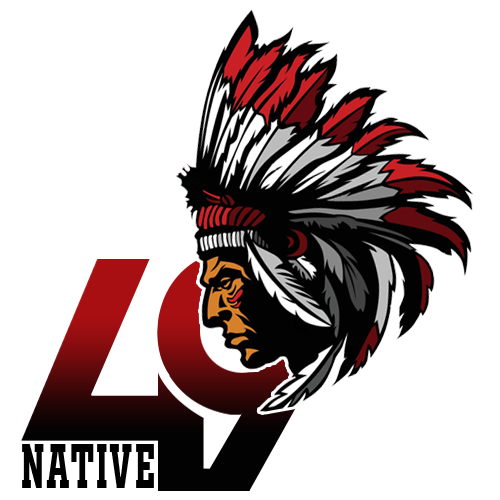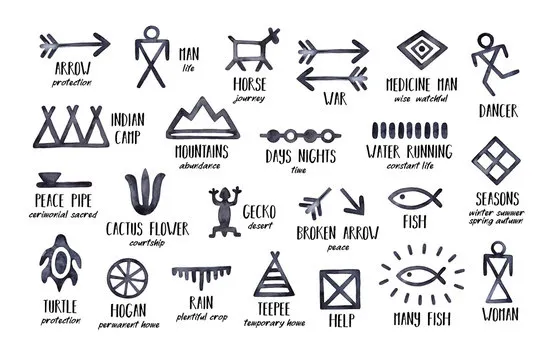When it comes to understanding a culture, there’s often no better place to start than with its symbols. Native Americans were masters at expressing their ideas through symbols, offering us a unique glimpse into their world. A Set Of Native American Symbols And Meanings?
From kachina dolls to eagle feathers, each symbol had a story to tell. In this article, 49native will embark on a journey to decode the meanings behind these powerful Native American symbols.
A Set Of Native American Symbols And Meanings
Kachina Dolls: Guardians of the Spirit World
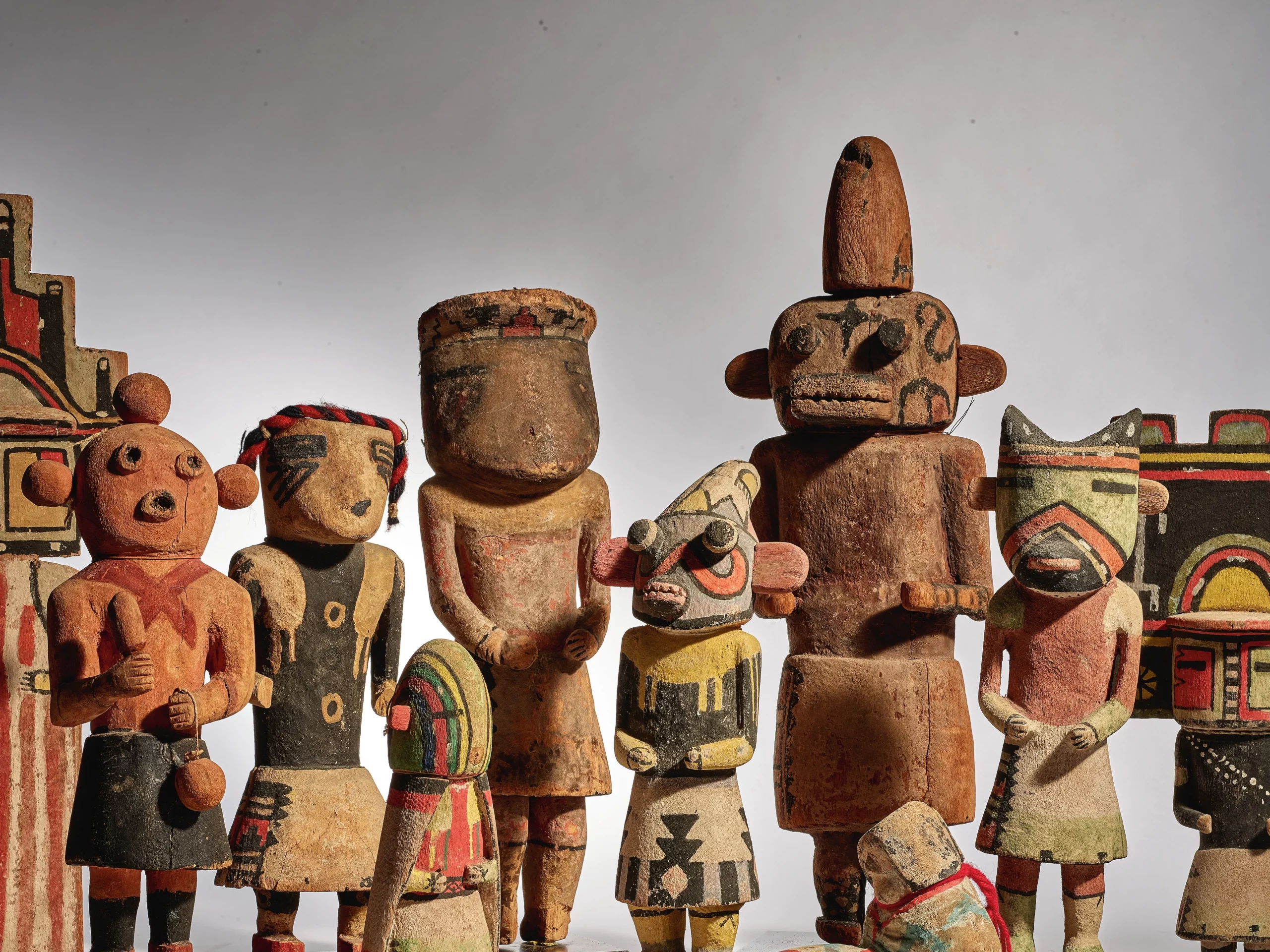
Kachina dolls were more than just intricate pieces of art. Crafted by Western Pueblo Native Americans, including the Hopi, Zuni, and Acoma Pueblo tribes, these dolls were gateways to the spiritual realm. In Hopi religion, they symbolized the essence of spirits and the natural world. Some even believed that kachina dolls acted as guardians or messengers to the divine.
Animal Pendants: Strength in Every Heartbeat
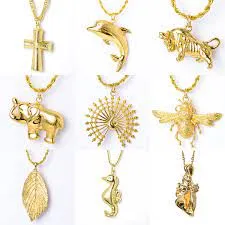
Imagine wearing a pendant featuring an animal, like a bear, with a heartline. This symbol didn’t just adorn jewelry; it conveyed a profound message. It represented the life force of animals and the strength akin to that of a bear. These pendants also honored animals for their sacrifices or served as wishes for successful hunts.
Symbols in Everything: Nature, Carvings
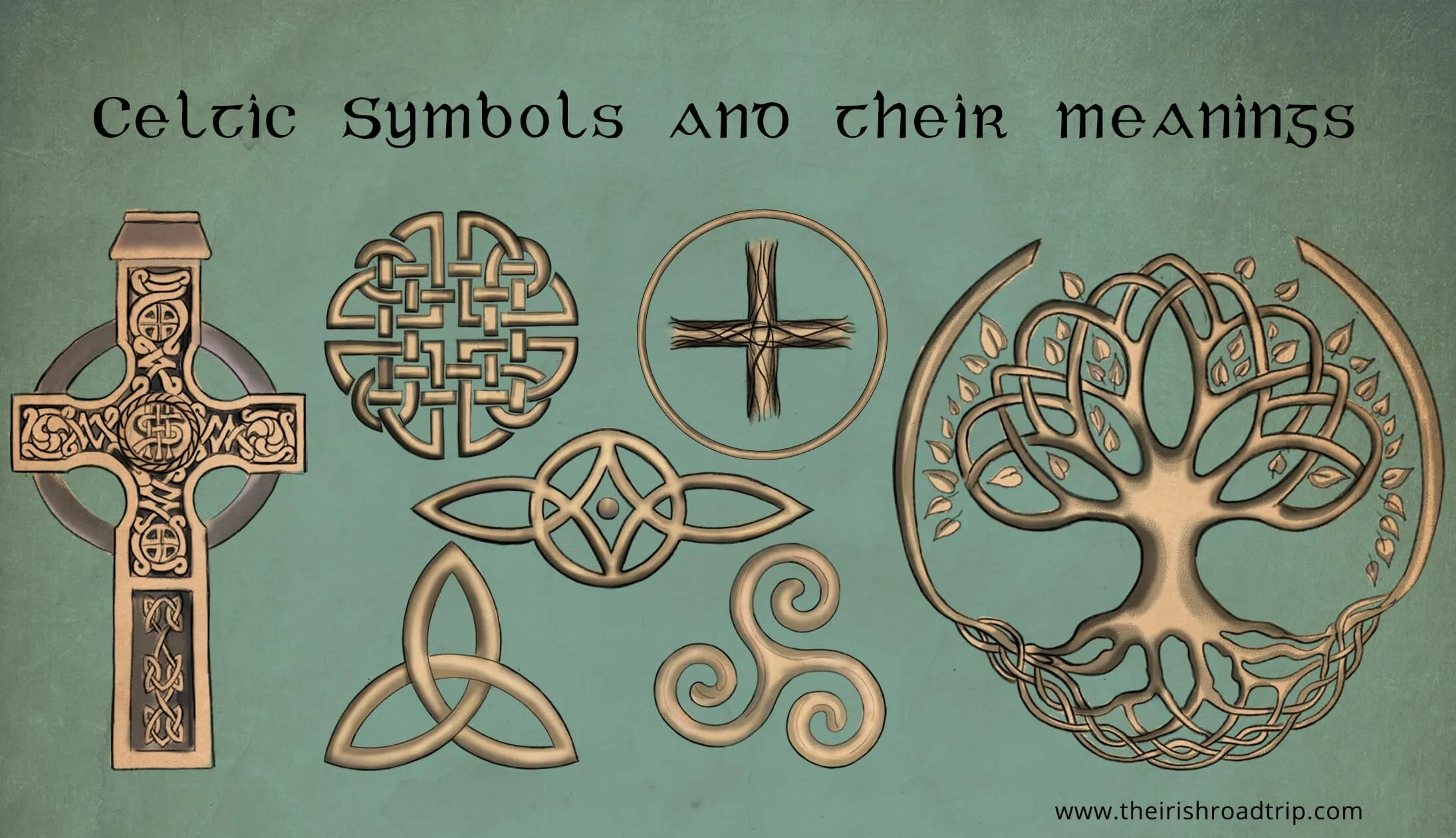
For Native Americans, symbols weren’t limited to specific objects; they could be found everywhere. Whether in the natural world, petroglyphs carved onto rocks, sacred artifacts, written language, intricate designs, or depictions of animals, these symbols held profound meanings.
When you encounter a circle with four people inside, you’ve stumbled upon the Native American symbol for family. But it’s not just any family symbol; it represents the tight bonds and protection within a family.
The circle, with no clear starting or ending point, symbolizes the unbreakable ties that bind families together. It’s a powerful emblem that encapsulates the history and heritage of countless families.
Broken Arrow: The Triumph of Peace
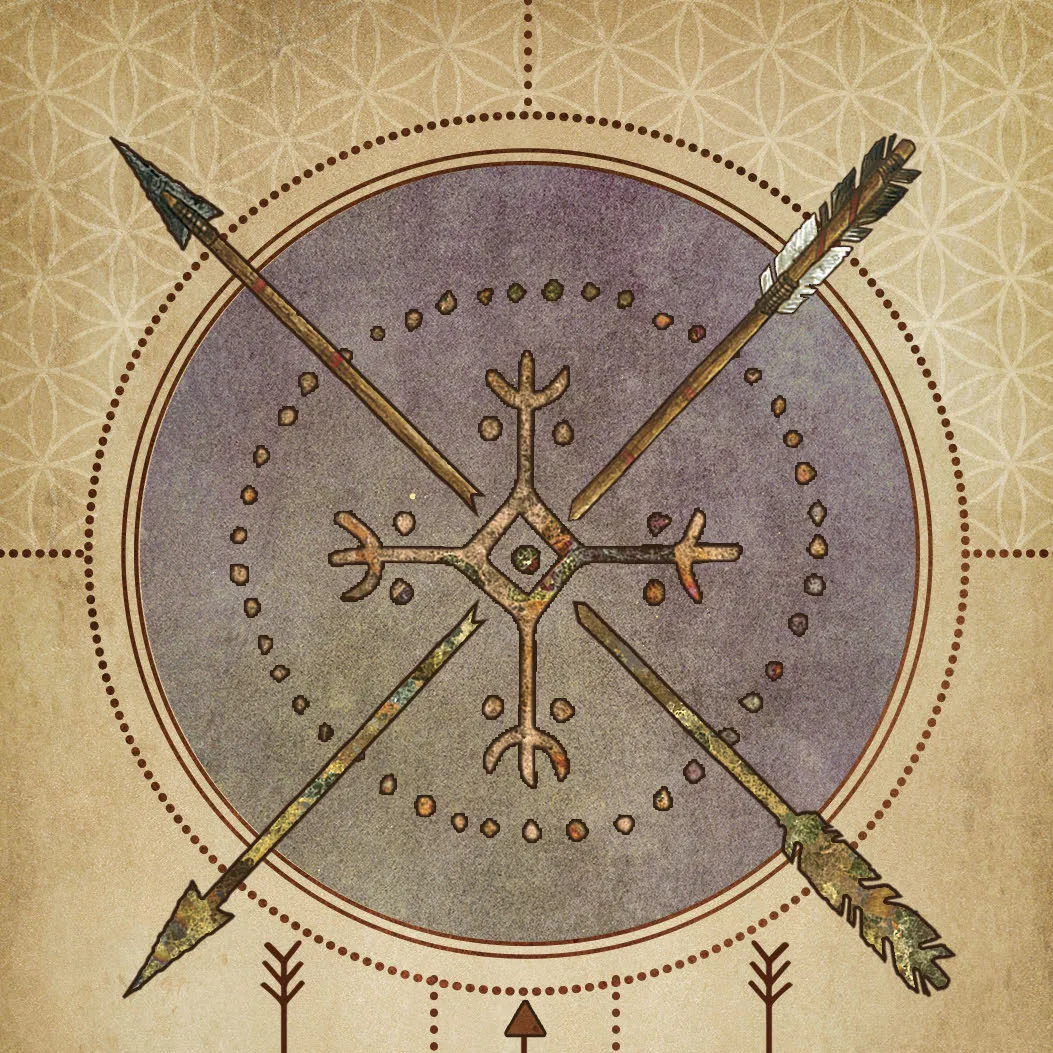
Among the multitude of American Indian symbols, the broken arrow stands as a beacon of peace. It’s a powerful declaration that war is over, that bows and arrows have been set aside, and that weapons are no longer needed because peace has prevailed.
Eagle Feathers: More than Strength
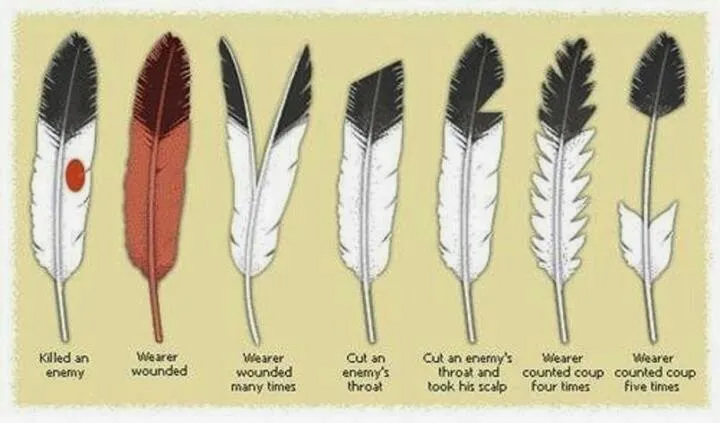
The symbol of strength found in the eagle, particularly its feathers, held deep significance for Native Americans. Sure, these feathers had practical uses, like adorning clothing and creating musical instruments from eagle bones.
Yet, they also possessed a spiritual connection, carrying prayers to the Great Spirit. In council meetings, an eagle feather was held by the speaker to ensure that only truths were spoken. The eagle symbolized not only strength but also courage, wisdom, honesty, and truth.
Totems: Carvings with Myriad Meanings
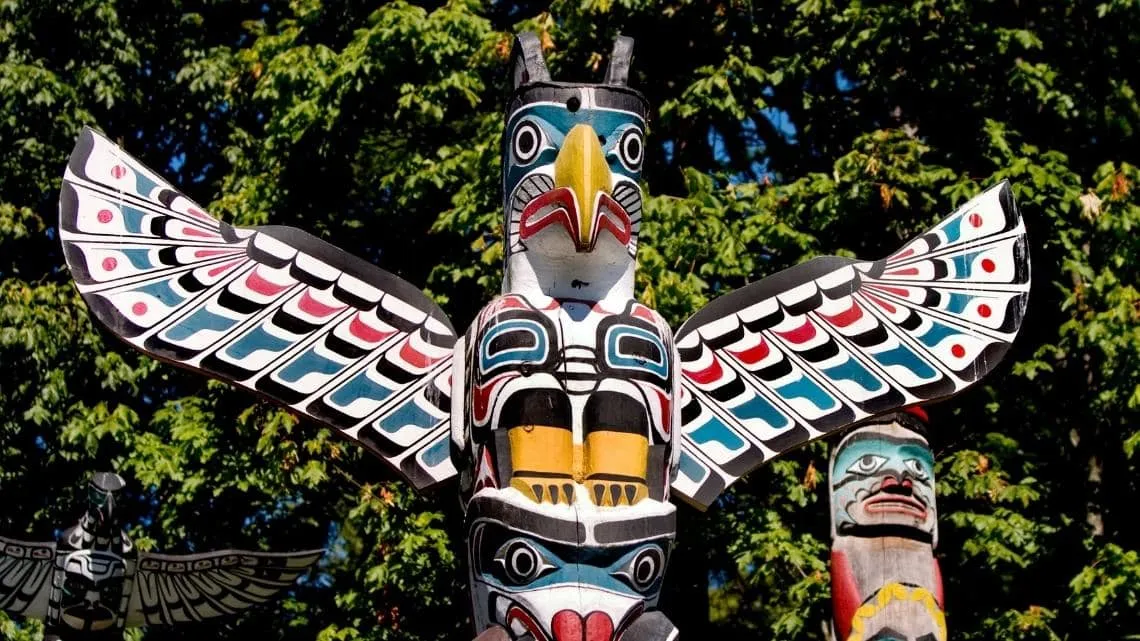
Totems are like storybooks in the form of horizontal columns carved with animals, and they can convey diverse messages. While some animals, like serpents, represent enlightenment, others, such as wolves, symbolize speed.
But what makes totems truly fascinating is how different tribes use them. Some view them as community symbols, representing cultural beliefs or significant events, while others see them as personal or family totems, paying homage to ancestors, lineage, or family legends.
Kokopelli: The Multifaceted Flute Player
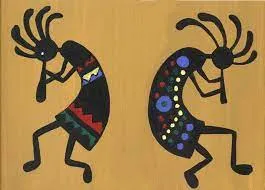
Kokopelli, the mythical hunchbacked flute player, is a prime example of the diverse nature of symbolism among Native American tribes. To some, he’s a symbol of fertility, joy, and celebration. To others, he embodies roles like rainmaker, healer, teacher, storyteller, traveling salesman, or even a spirit of music.
The breadth of interpretations surrounding Kokopelli is a testament to the rich tapestry of Native American symbolism.
Zigzag Lines, the Sun, and Water: Natural Forces in Symbolism

While zigzag lines may seem like mere depictions of natural phenomena, such as lightning or water, to some Native Americans, they carry a more profound message, symbolizing the power of the spiritual world.
The sun, often depicted as masculine, symbolizes rebirth, creation, growth, and even the cardinal directions, depending on the tribe. Water symbols, on the other hand, represent the flow of life, life-giving sustenance, fortitude, or serve as guides to locate sources of drinking water.
Cherokee Native American Symbols: The Power of Written Language

For Native Americans, written language also became a source of symbolism. Among the Cherokee tribe, Chief Sequoyah played a pivotal role by creating the Cherokee writing system. This system, developed around 1809, consisted of 86 symbols, each representing a syllable of the Cherokee language.
It wasn’t just about writing; it was about preserving their culture and independence. By 1825, the Cherokee tribes had fully embraced this written language as their own.
In exploring these Native American symbols, we gain a deeper understanding of their rich heritage and the profound meanings they embedded in their culture. These symbols serve as a timeless bridge to connect us with their world, offering insights into their beliefs, values, and the intricate tapestry of their lives.
What are Native American markings called?
Indigenous rock art is a mesmerizing testament to the creativity and cultural richness of the Americas’ first inhabitants. These ancient artworks, etched into stone and rocks, tell stories that have transcended time. In this article, we’ll delve into the world of Indigenous rock art, exploring the techniques used and the meanings behind these captivating petroglyphs and pictographs.
Petroglyphs: Carving Stories in Stone
Petroglyphs are the result of painstaking craftsmanship by Indigenous people. They utilized bones and stone tools to abrade, carve, and scrape intricate images onto the surfaces of rocks. The word “petroglyph” itself evokes a sense of awe, as it encapsulates the artistry and symbolism that these carvings represent.
Pictographs: The Art of Painting on Rocks
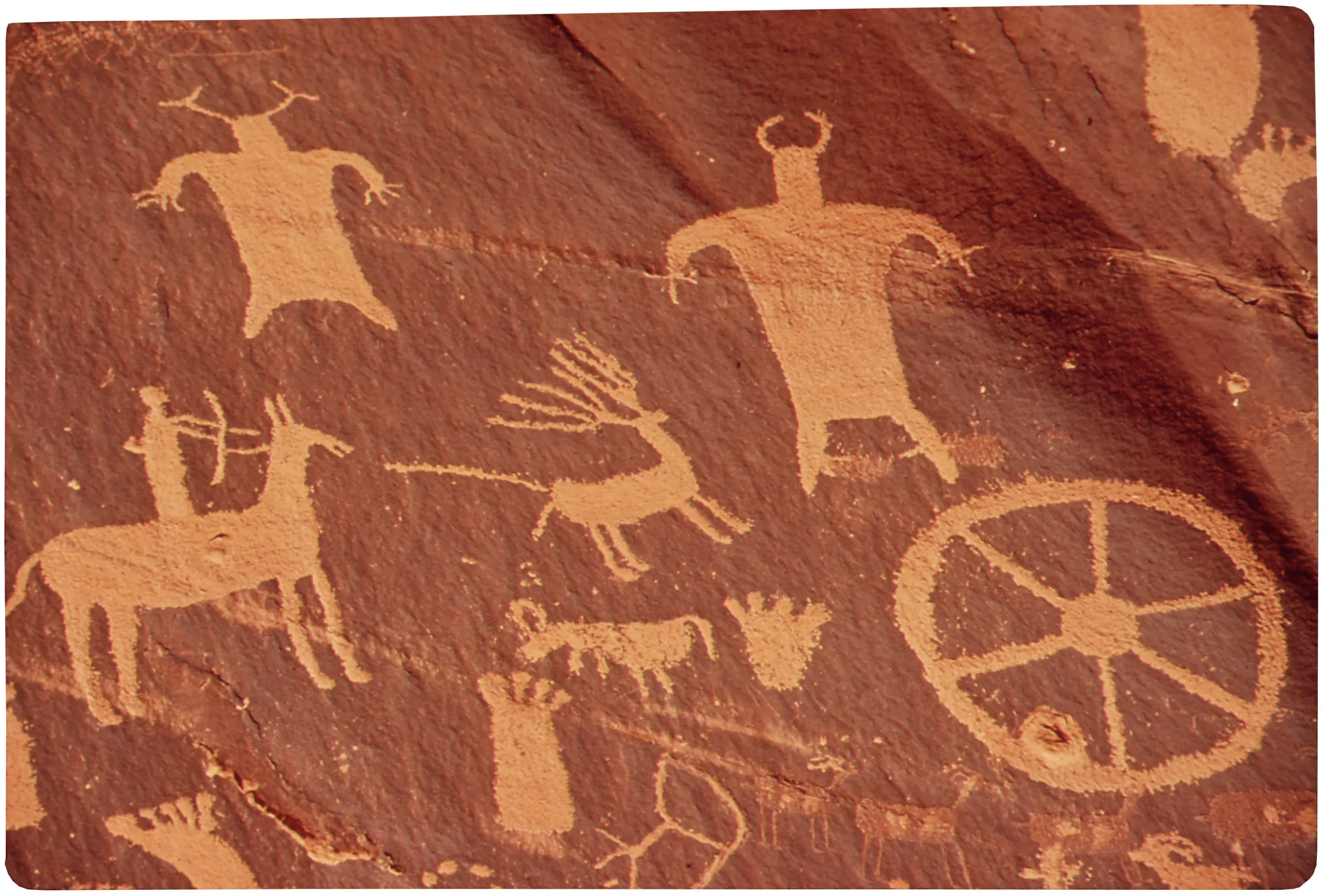
While petroglyphs involve carving, pictographs are all about painting. Indigenous artists used natural pigments to create vibrant images on rocks, offering a vivid glimpse into their world. These paintings, often depicting scenes of daily life, spiritual beliefs, and significant events, have survived the ages as a testament to the artistic prowess of Indigenous communities.
Exploring the Meanings: A Window into Indigenous Culture
Each petroglyph and pictograph is a window into the cultural tapestry of Indigenous peoples. These artworks tell stories of hunting, rituals, folklore, and the profound connection between humans and the natural world. They serve as historical records, preserving the wisdom and traditions of ancient civilizations.
The Mysterious Origins: Unraveling the Past
The origins of Indigenous rock art are shrouded in mystery. Who were the artists behind these masterpieces, and what drove them to create? Were these artworks purely artistic expressions, or did they serve deeper purposes? These questions continue to intrigue archaeologists and historians as they piece together the puzzle of the past.
Preservation Efforts: Safeguarding a Precious Legacy
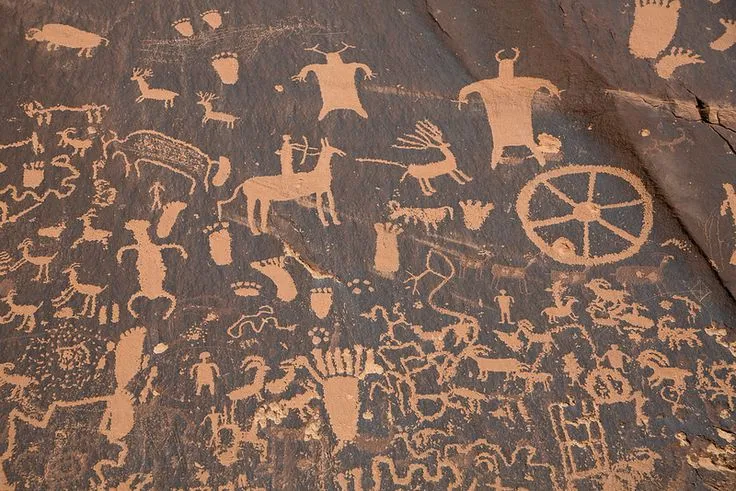
As time marches on, the delicate beauty of Indigenous rock art faces threats from erosion, vandalism, and environmental changes. Fortunately, there are dedicated efforts to preserve and protect these treasures. Organizations and experts work tirelessly to ensure that future generations can marvel at these ancient wonders.
The Legacy Lives On: Indigenous Rock Art Today
Indigenous rock art isn’t confined to the pages of history; it lives on in the hearts and minds of Indigenous communities today. It continues to inspire contemporary artists, bridging the gap between tradition and modernity. The echoes of the past resonate in the vibrant artworks created by Indigenous people in the present day.
In conclusion, Indigenous rock art is a testament to the enduring creativity and cultural significance of the Americas’ Indigenous peoples. These petroglyphs and pictographs are not merely static images on rocks; they are living records of a rich heritage.
What Native American symbols mean peace?
Native American culture is steeped in symbolism, with each symbol carrying profound meanings and stories that have been passed down through generations. These symbols encapsulate the essence of their beliefs, traditions, and way of life. In this exploration of Native American symbolism, we’ll unravel the fascinating meanings behind some of the most iconic symbols.
Arrow: A Metaphor for Protection
The arrow, a literal representation of the bow and arrow, holds a dual meaning in Native American symbolism. Beyond its function as a tool for acquiring food, the arrow also metaphorically represents protection and defense. Interestingly, a broken arrow symbolizes peace and harmony among different tribes, emphasizing the significance of unity.
The arrowhead, both as a physical object and an image, embodies qualities of alertness and direction. This symbol reminds us to stay vigilant and focused on our path in life, much like the precision required in crafting an arrowhead.
Bear: A Symbol of Power and Courage
The bear stands as a sacred animal in Native American culture, carrying multiple layers of meaning. Primarily, it symbolizes spiritual and physical power and courage. To wear or display the bear symbol is to invoke these qualities and seek a connection with this revered animal.
The bear claw, closely tied to the bear’s significance, often represents protection and a deep connection to the bear spirit. It is a symbol worn by those who aspire to leadership and safeguarding their communities.
Brothers / Brotherhood: A Belief in Unity
Brotherhood holds immense importance in Native American culture, both in its literal and metaphorical sense. Literally, it signifies the unwavering loyalty between individuals or tribes. Metaphorically, it conveys the concept of duality and balance, underlining the interconnectedness of all things.
Buffalo: Sustenance and Humbleness
The buffalo, or American Bison, holds a special place in Native American culture due to its role as a primary source of food and materials. It symbolizes sustenance and the virtue of humbleness. The buffalo serves as a reminder to take only what is necessary, emphasizing the importance of balance and respect for nature.
Butterfly: Transformation and Peace
The butterfly is a common symbol often found in Native American jewelry, signifying transformation. In deeper spiritual beliefs, it acts as a messenger from the spirit world, a guide in dreams, and an embodiment of peace.
Cactus: Protection and Endurance
True to its nature, the cactus symbolizes protection and endurance. Resilient in harsh conditions, it serves as a reminder that we, too, can endure life’s challenges.
The Circle (and its variations): Harmony and Cycles
The circle, manifested in various forms across tribes, embodies rich symbolism. It represents the four elements (air, fire, water, and earth), the changing of seasons, the cycles of life and death, and the unity of the first four tribes of mankind. This symbol underscores the harmony and interconnectedness of all existence.
Dragonfly: Freedom and Resilience
The dragonfly symbolizes freedom through swiftness, along with themes of resurrection and resilience. It encourages us to move forward, even in the face of adversity.
Eagle: A Symbol of Victory and Power
The eagle, a potent symbol, represents victory, conquest, and personal power. It serves as a beacon for those seeking to channel their drive and achieve success.
Feathers: Trust, Wisdom, Freedom, and Honor
Feathers, present in nearly every Native American tribe, represent trust, strength, wisdom, freedom, and honor. They hold a sacred place in Native American wear, epitomizing some of the most esteemed values.
Horse: Strength, Freedom, and Nobility
Horses, the primary mode of transportation for many tribes, symbolize strength, freedom, and nobility. The horse symbol resonates with individuals who value these qualities.
Moon: Protector and Serenity
In Native American beliefs, the moon is a protector. Its symbolism varies with the season and harvest but consistently represents serenity and safeguarding.
Turtle: Earth and Longevity
The turtle symbolizes Earth and the pursuit of a long and healthy life. Its association with longevity makes it a cherished symbol among those valuing health and wellness.
Wolf: Communication and Virtues
The wolf embodies the virtue of communication and is considered a deity in many cultures. It symbolizes loyalty, compassion, and fierceness, making it a cherished emblem for many.
In closing, Native American symbolism is a rich tapestry woven with stories, beliefs, and values. Each symbol is a portal to a deeper understanding of the cultures and traditions that have shaped Native American communities for centuries. These symbols not only reflect the past but also inspire us to embrace their wisdom in our lives today.
